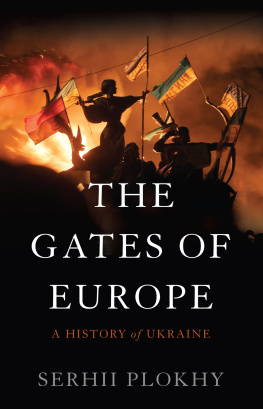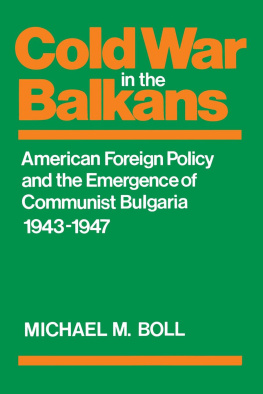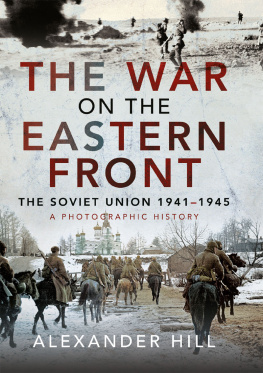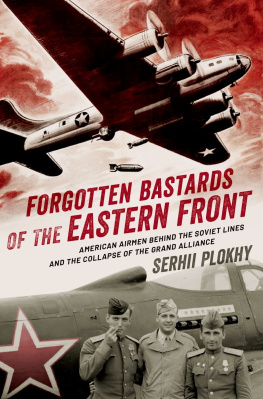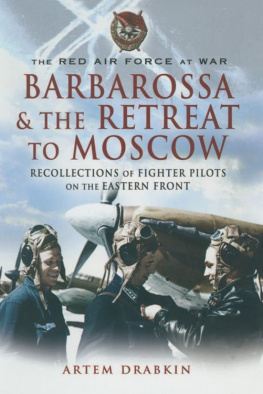Plokhy - Forgotten Bastards of the Eastern Front: American Airmen behind the Soviet Lines and the Collapse of the Grand Alliance
Here you can read online Plokhy - Forgotten Bastards of the Eastern Front: American Airmen behind the Soviet Lines and the Collapse of the Grand Alliance full text of the book (entire story) in english for free. Download pdf and epub, get meaning, cover and reviews about this ebook. year: 2019, publisher: Oxford University Press, USA, genre: Non-fiction. Description of the work, (preface) as well as reviews are available. Best literature library LitArk.com created for fans of good reading and offers a wide selection of genres:
Romance novel
Science fiction
Adventure
Detective
Science
History
Home and family
Prose
Art
Politics
Computer
Non-fiction
Religion
Business
Children
Humor
Choose a favorite category and find really read worthwhile books. Enjoy immersion in the world of imagination, feel the emotions of the characters or learn something new for yourself, make an fascinating discovery.
- Book:Forgotten Bastards of the Eastern Front: American Airmen behind the Soviet Lines and the Collapse of the Grand Alliance
- Author:
- Publisher:Oxford University Press, USA
- Genre:
- Year:2019
- Rating:5 / 5
- Favourites:Add to favourites
- Your mark:
Forgotten Bastards of the Eastern Front: American Airmen behind the Soviet Lines and the Collapse of the Grand Alliance: summary, description and annotation
We offer to read an annotation, description, summary or preface (depends on what the author of the book "Forgotten Bastards of the Eastern Front: American Airmen behind the Soviet Lines and the Collapse of the Grand Alliance" wrote himself). If you haven't found the necessary information about the book — write in the comments, we will try to find it.
At the conference held in Tehran in November 1943, American officials proposed to their Soviet allies a new operation in the effort to defeat Nazi Germany. The Normandy Invasion was already in the works; what American officials were suggesting until then was a second air front: the US Air Force would establish bases in Soviet-controlled territory, in order to shuttle-bomb the Germans from the Eastern front. For all that he had been pushing for the United States and Great Britain to do more to help the war effort--the Soviets were bearing by far the heaviest burden in terms of casualties--Stalin, recalling the presence of foreign troops during the Russian Revolution, balked at the suggestion of foreign soldiers on Soviet soil. His concern was that they would inflame regional and ideological differences. Eventually in early 1944, Stalin was persuaded to give in, and Operation Baseball and then Frantic were initiated. B-17 Superfortresses were flown from bases in Italy to the Poltova region (in what is today Ukraine).
As Plokhys book shows, what happened on these airbases mirrors the nature of the Grand Alliance itself. While both sides were fighting for the same goal, Germanys unconditional surrender, differences arose that no common purpose could overcome. Soviet secret policeman watched over the operations, shadowing every move, and eventually trying to prevent fraternization between American servicemen and local women. A catastrophic air raid by the Germans revealed the limitations of Soviet air defenses. Relations soured and the operations went south. Indeed, the story of the American bases foreshadowed the eventual collapse of the Grand Alliance and the start of the Cold War. Using previously inaccessible archives,Allies and Adversariesoffers a bottom-up history of the Grand Alliance, showing how it first began to fray on the airfields of World War II.
Plokhy: author's other books
Who wrote Forgotten Bastards of the Eastern Front: American Airmen behind the Soviet Lines and the Collapse of the Grand Alliance? Find out the surname, the name of the author of the book and a list of all author's works by series.


